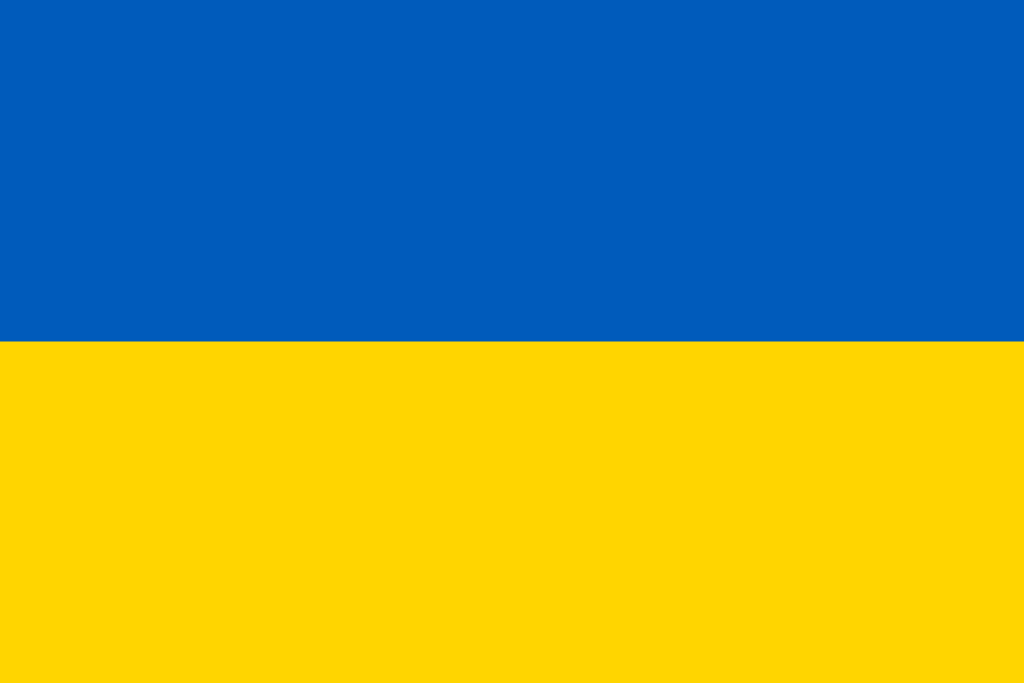9 December 2021
Ukraine
A brief history.
By Neil Tidmarsh

Russian troops massing on the border with Ukraine; the government in Kiev warning that an invasion is imminent. We’ve been here before, of course (see Ukraine’s Fragile Ceasefire 04/06/15 and Food Fight 13/05/21), but the size of the current build-up (100,000 troops, expected to rise to 175,000 troops over the next month) suggests that this one might not be a false alarm. Much has been written in the last week about what might happen, what Russia’s real intentions might be and what the West could do about it. But little has been written about the context, background and origins of this crisis. So here’s a brief history of modern Ukraine and its relationship with Russia and with the West.
1917 June 23: the Ukrainian People’s Republic is declared and internationally recognised. For centuries the ethnically and geographically discrete entity of Ukraine has been divided between Russia and Poland, but a movement for national self-determination succeeds in founding this embryonic state. Three years of civil war and warfare against Poland and Russia follow.
1922 December: The Ukraine People’s Republic becomes a founder member of the USSR.
1932-33: Millions of Ukrainians in the USSR die during the Holodomor (the Great Famine), even though Ukraine is one of the most fertile and prolific wheat-producers in the world. Historians agree that Stalin was to blame; many believe he deliberately used starvation as a weapon to crush calls for Ukrainian independence.
World War II: Russia’s invasion of Poland brings the rest of Ukraine into the USSR.
1954: Russia gives the Crimea to Ukraine.
1991: Ukraine declares itself independent as the USSR collapses. It becomes an associate member of the Commonwealth of Independent States (CIS) – an economic union of ex-Soviet countries.
1994, February 8: Ukraine signs a PfP (Partnership for Peace) with NATO, “a program of practical bilateral cooperation between NATO and individual partner countries, through which these countries can develop relations with NATO, independently determining their own priorities for cooperation”.
December 5: Russia signs the Budapest Memorandum, recognising the territorial integrity and political independence of Ukraine, in return for Ukraine giving up its nuclear weapons. (Ukraine possessed the third biggest stockpile of nuclear weapons in the world, though Russia had operational control of them.)
2004: Following what is widely regarded as a rigged election, the peaceful Orange Revolution overthrows the pro-Russian President Victor Yanukovych and replaces him with the pro-Western Viktor Yushchenko (who survives a poison attack, allegedly backed by Moscow) and Yulia Tymoshenko.
2008: Ukraine begins its application to join NATO, with a NATO Membership Action Plan (MAP).
2010: Pro-Russian President Yanukovych returns to power – he shelves plans to join NATO.
2012: Kiev and Brussels negotiate an EU / Ukraine Association Agreement, for economic integration and political co-operation.
2013: President Yanukovych suspends the Association Agreement with the EU. He puts off signing the agreement. This triggers widespread demonstrations and protests.
2014: The demonstrations and protests, dubbed ‘Euromaiden’, become a fully-blown revolution. President Yanukovych is overthrown.
March: The interim government signs the political part of the EU Association Agreement. But it doesn’t revive the plans to join NATO, insisting that Ukraine will remain non-aligned.
April: The Crimea is annexed by Russia. War breaks out in the Donbas region of eastern Ukraine, when Russian-speaking separatists launch an insurgency. Backed by Moscow, they seize Donetsk and Luhansk and declare independence from Kiev. Over the next seven years, 14,000 people will be killed and a million displaced.
June: A newly-elected Ukraine government signs the economic part of the EU Association Agreement and declares that joining NATO is a priority.
2016 January: Ukraine joins a Deep and Comprehensive Free Trade Area (DCFTA) with the EU.
2018: Ukraine resigns its associate membership of CIS, the economic union of ex-Soviet states.
2019 February: The Ukraine constitution is amended to set out plans for membership of the EU and NATO.
2021 June: At a summit in Brussels, NATO leaders declare their support for Ukraine’s NATO Membership Action Plan of 2008, and its “right to determine its own future and foreign policy without outside interference”. NATO Secretary General Jens Stoltenberg said that “it is not up to Russia to decide whether Ukraine will be a member of the Alliance.”
July: President Putin writes “the true sovereignty of Ukraine is possible only in partnership with Russia” in an article about the “historical unity” of Russia and Ukraine.
December: President Biden “reiterated his support for Ukraine’s sovereignty and territorial integrity” in talks with President Putin, according to the White House.
This historical context doesn’t explain what President Putin might or might not do with those 100,000 Russian troops massed on Ukraine’s border, of course, even if it might explain why they happen to be there. None of it, however, necessarily suggests that he has history on his side, no matter what plans he might have for the future.


